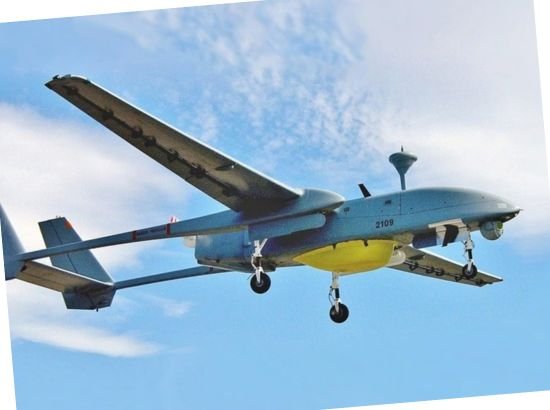
Tension for China and Pakistan as India Buys More Heron Drones from Israel, Plans to Arm Them with Anti-Tank Missiles
India is set to expand its fleet of Israeli-made Heron unmanned aerial vehicles (UAVs) after their successful deployment during Operation Sindoor against Pakistan earlier this year. According to defense officials, new orders are being placed for additional Heron drones, which played a critical role in intelligence, surveillance, and reconnaissance (ISR) missions during the May operation.
Officials confirmed that efforts are underway to arm these UAVs with advanced munitions. One branch of the armed forces is working on equipping Herons with Spike-NLOS (Non-Line-of-Sight) anti-tank guided missiles, significantly enhancing their strike capability. Once integrated, the drones will be able to target enemy installations and armored positions during future conflicts.
The Heron drones are primarily deployed along the Chinese and Pakistani borders for long-range surveillance. Their effectiveness has already been proven in recent missions, raising strategic concerns for both neighboring adversaries. Analysts suggest that India’s move to expand and arm the Heron fleet could shift the tactical balance along contested frontiers.
In addition to the Army, the Indian Navy and Air Force also operate Heron drones from multiple bases across the country. Intelligence agencies have been using them for specialized operations as well.
India has been running Project Cheetah, aimed at upgrading the Heron fleet with enhanced surveillance and combat features. Alongside this, the Indian Air Force has inducted advanced Heron Mark 2 UAVs, which come equipped with satellite communication systems, allowing them to fly at longer ranges and operate in all-weather conditions.
At the same time, India is pursuing an indigenous program to develop medium-altitude long-endurance (MALE) drones. Under this initiative, the government is considering procurement of 87 UAVs through a competitive bidding process, further strengthening the nation’s aerial surveillance and combat capabilities.
Defense experts note that India’s growing drone capability will increase pressure on China and Pakistan, both of which have been closely monitoring New Delhi’s defense modernization. The addition of missile-equipped Herons not only boosts India’s border defense but also provides a powerful deterrent in future military engagements.